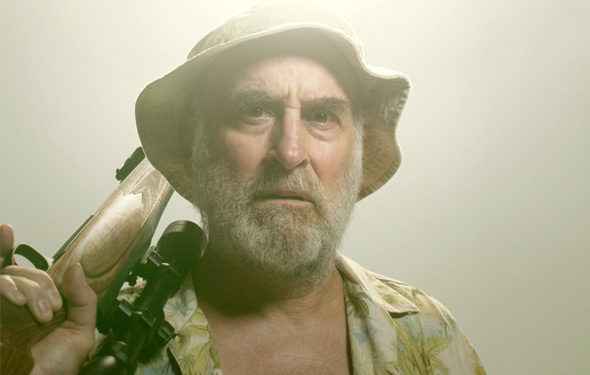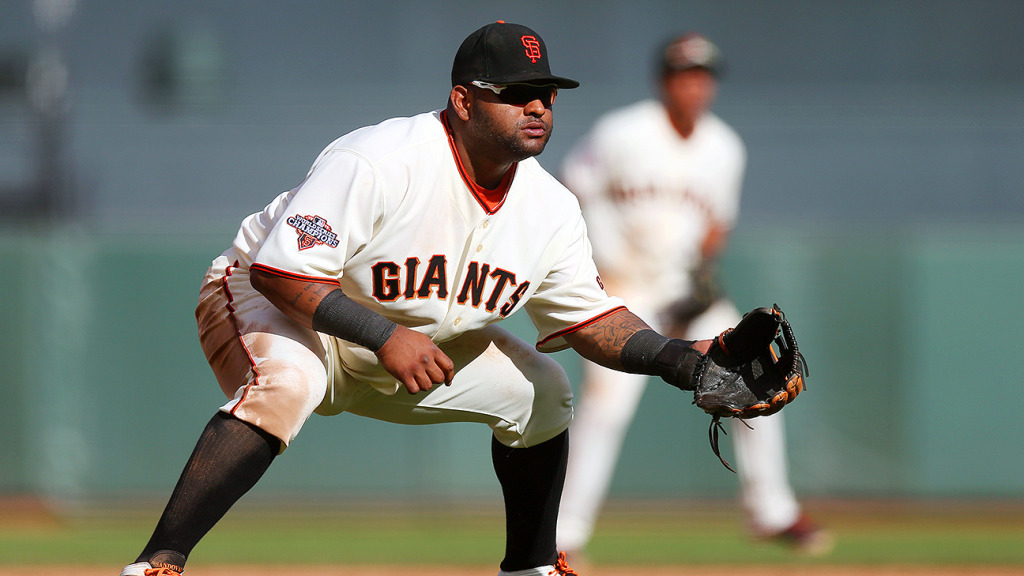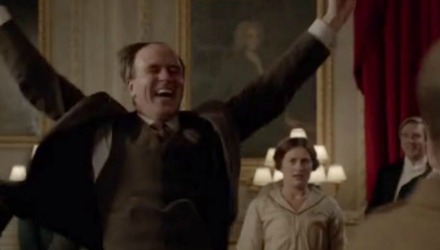Should The Walking Dead Revisit Its Seasonal Episode Count?
Written by Ian Thomas Malone, Posted in Blog, Pop Culture
The Walking Dead will air its “season finale” tonight. The quotation marks are there to highlight the somewhat grey area surrounding that phrase. While the show comes back in February, AMC is advertising this as a finale and past seasons have showed us that this show puts more stock in providing a noteworthy midseason break than many other shows that use the same practice.
The rationale behind splitting up a season into two parts is clear. It’s a common way for cable shows to expand their episode counts beyond the standard thirteen. In the case of The Walking Dead, it also allows the show to keep plotlines fresh. Season two was the only one to use a thirteen-episode model. The group’s elongated stay at Herschel’s farm provided plenty of reasons why this isn’t the greatest idea.
Problem is that the show has changed quite a bit since then beyond just the cast changes, though it’s worth noting that only seven of the characters from season two are still alive. This isn’t a show where the characters stay in one place for very long anymore. It’s also followed Lost’s later season model in keeping its ensemble cast separated into groups for large periods of time.
This makes splitting up the seasons into eight episode blocks problematic. There is a ton of stuff going on and its happening to tons of characters. Remember how little screen time T-Dog and Beth got back when everyone was just hanging out on the farm? The cast has grown exponentially since then while the death count has slowed down, leaving the show with the task of figuring out what to do with all its characters.
The simple answer? Expand the episode count to twenty.
This is neither unprecedented nor ridiculous in nature. The SyFy Channel’s old Sci-Fi Friday block of Stargate SG-1, Stargate Atlantis, and Battlestar Galactica used this model to great success. None of these shows were quite the phenomenon that The Walking Dead is either. This show is AMC’s cash cow, especially with Breaking Bad over and Mad Men on its way out. There’s nothing really standing in the way of more episodes.
You can make the argument that The Walking Dead is the most popular cable show of all time. Its ratings crush most of what’s on network TV and that doesn’t take in harder to quantify numbers like Twitter traffic and Netflix views. It may not be a contender in many awards shows, but it has what matters most, the interest of the people.
We can use the critical complaints to examine why a switch would be a good idea from a storyline perspective. Splitting up the season the way The Walking Dead does creates the need for an extra finale and primer, which also affects episode progression. The constant rise/fall dynamic makes for great suspense and anticipation, but it also takes precious screen time away from advancing the plot. This problem is exacerbated by extreme character centric episodes that leave out the bulk of the cast.
Which is probably the point. Urgency exists mostly in the eyes of the characters. For the show itself, it’s not really headed in a specific direction. Since the prison, the characters have been roaming, but so has the plot. That’s really all it can do.
If you look at the last three eight episode blocks, you see a pattern. The first episode wraps up the cliffhanger and there’s at least two episodes dedicated to very specific character studies that leave out the majority of the cast. Excluding the finale, that leaves four episodes to get the plot forward before it needs to blow things up again (sometimes literally). For a show with such a large cast, that’s not enough time at all.
Expanding the episode count would make Beth or Governor centric type episodes easier to stomach. Its easy to see why the show likes these types of episodes, but this isn’t the type of show that can afford to toss episodes away on non-essential characters. Adding more episodes lets the show have its cake and eat it too, with plenty of filler.
















